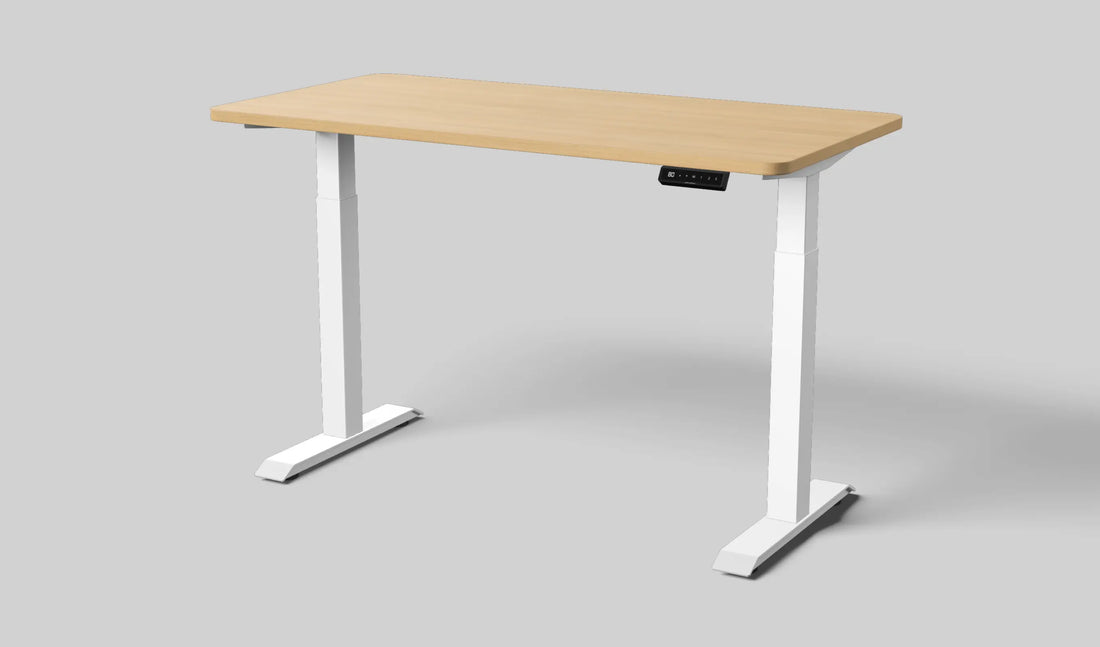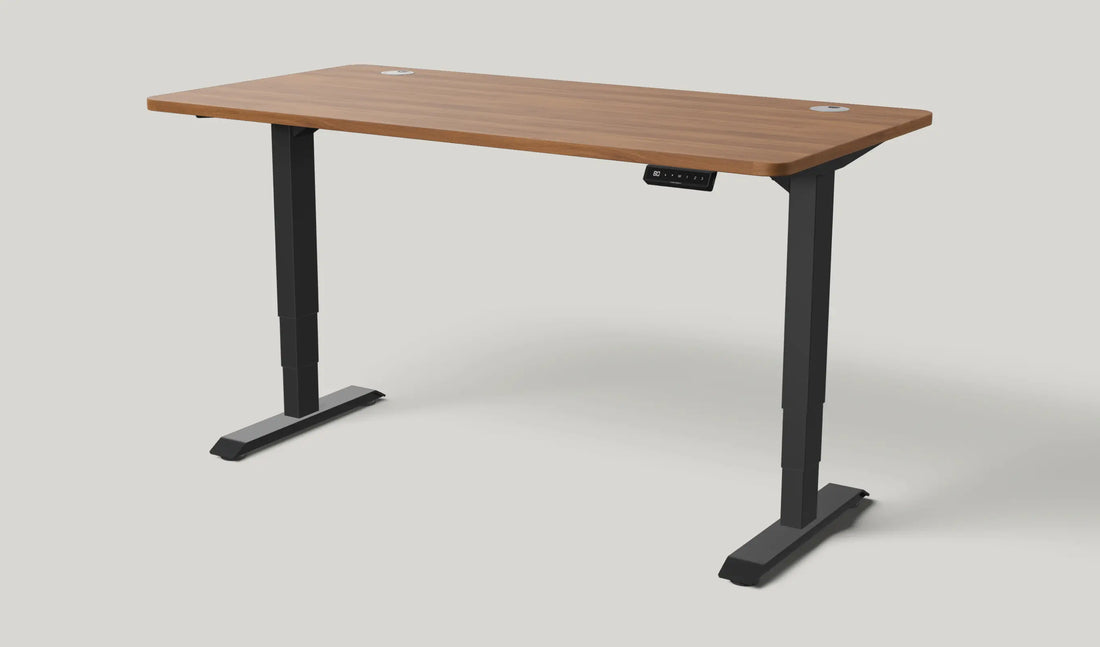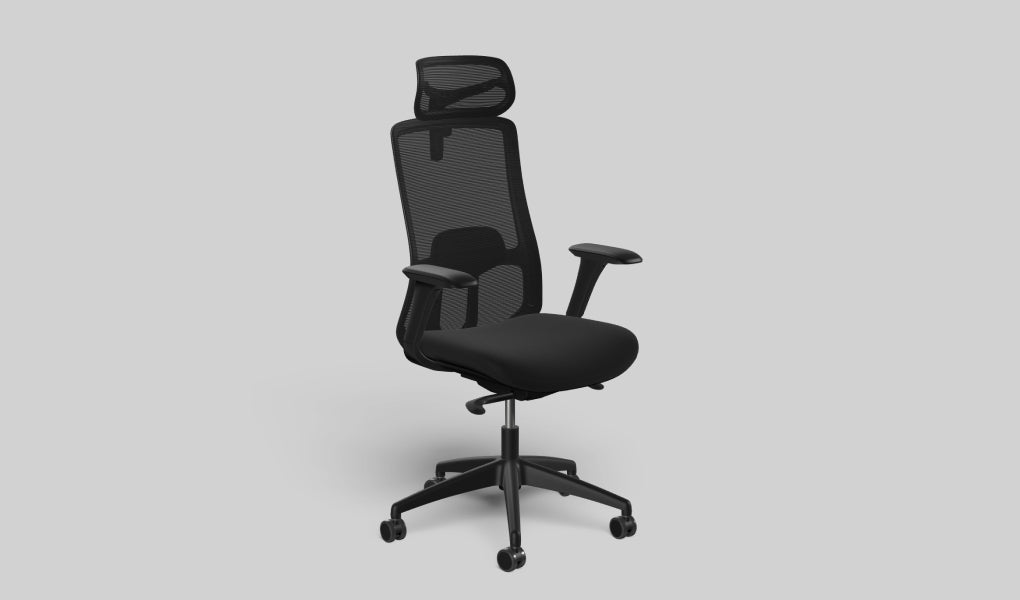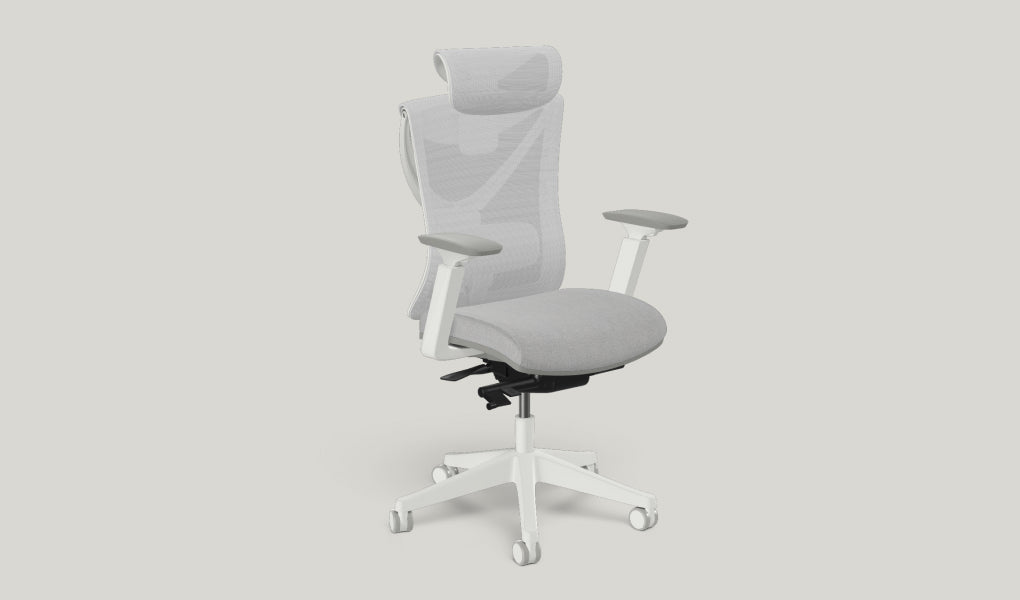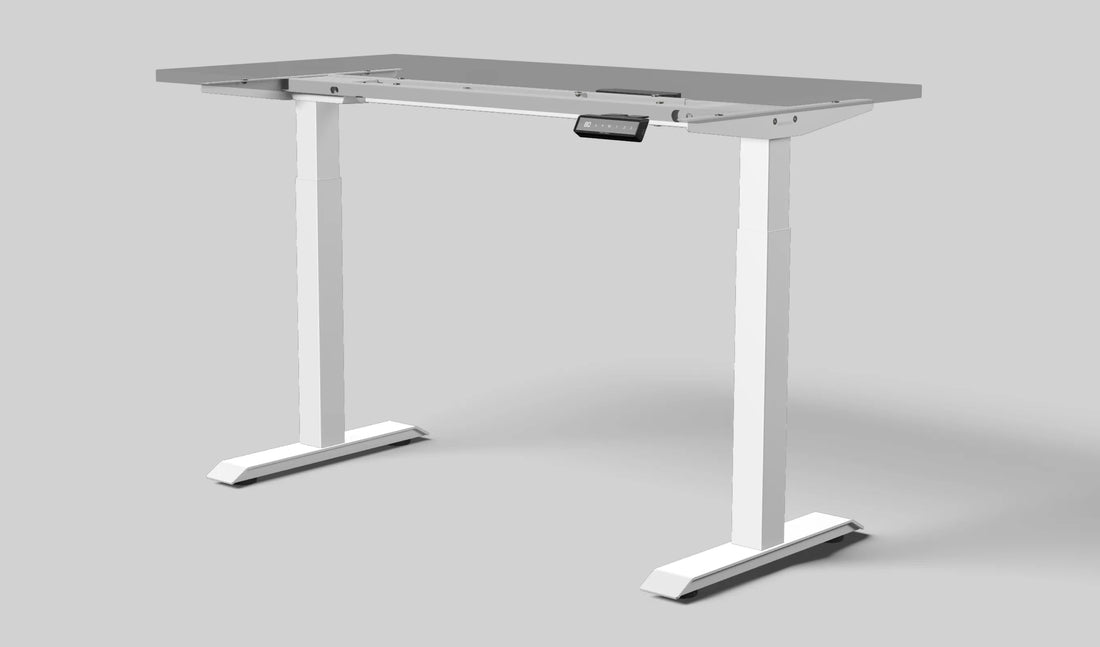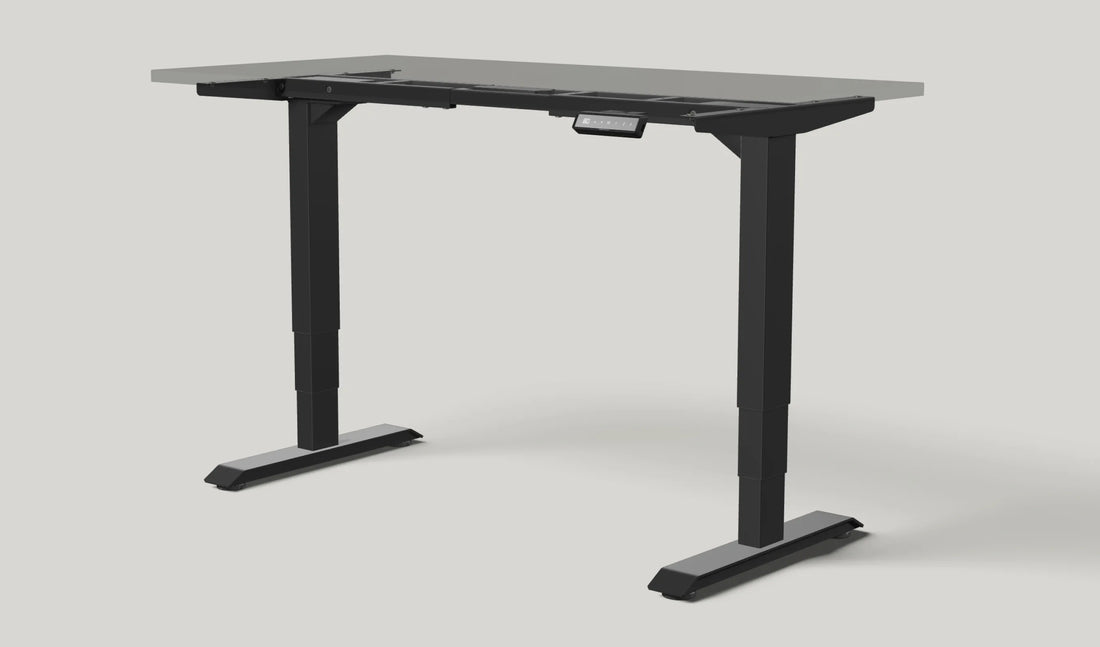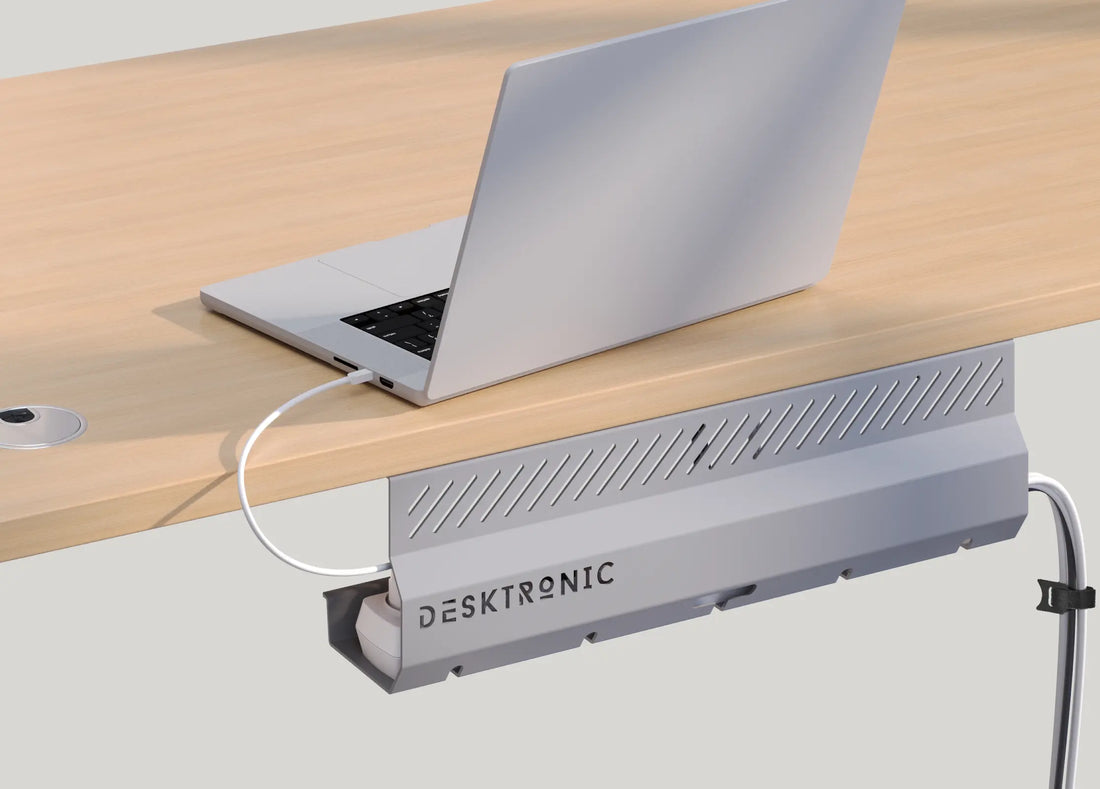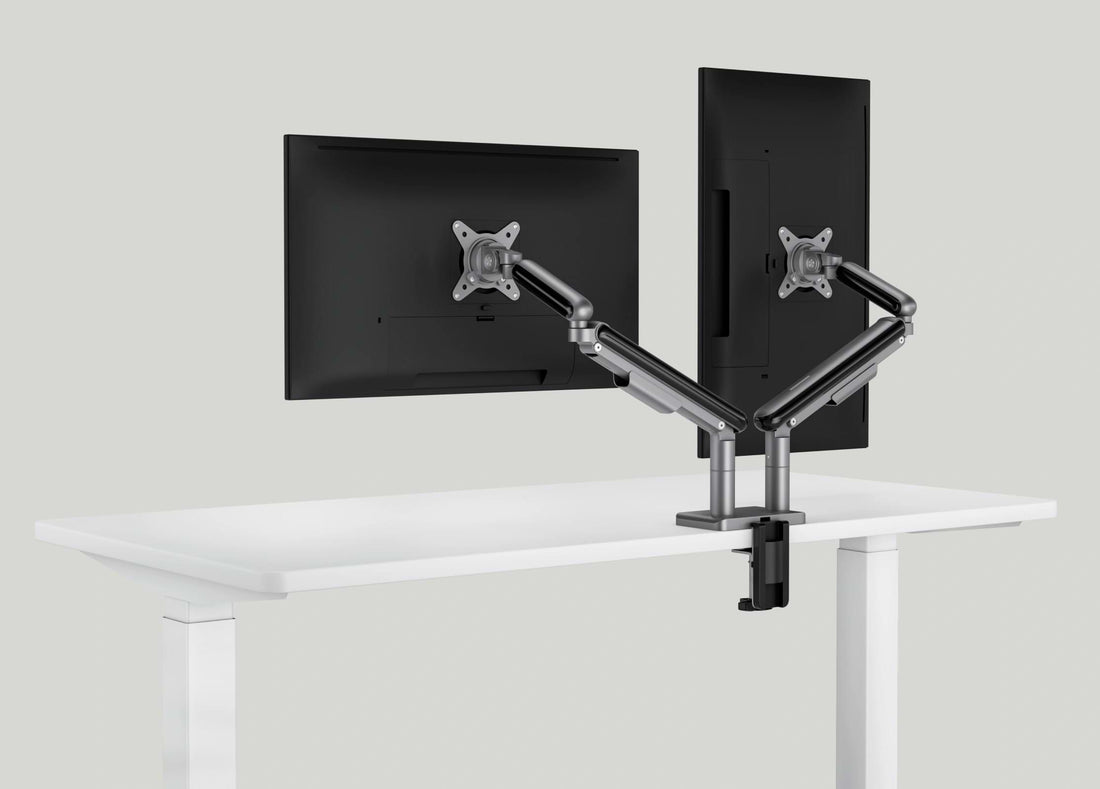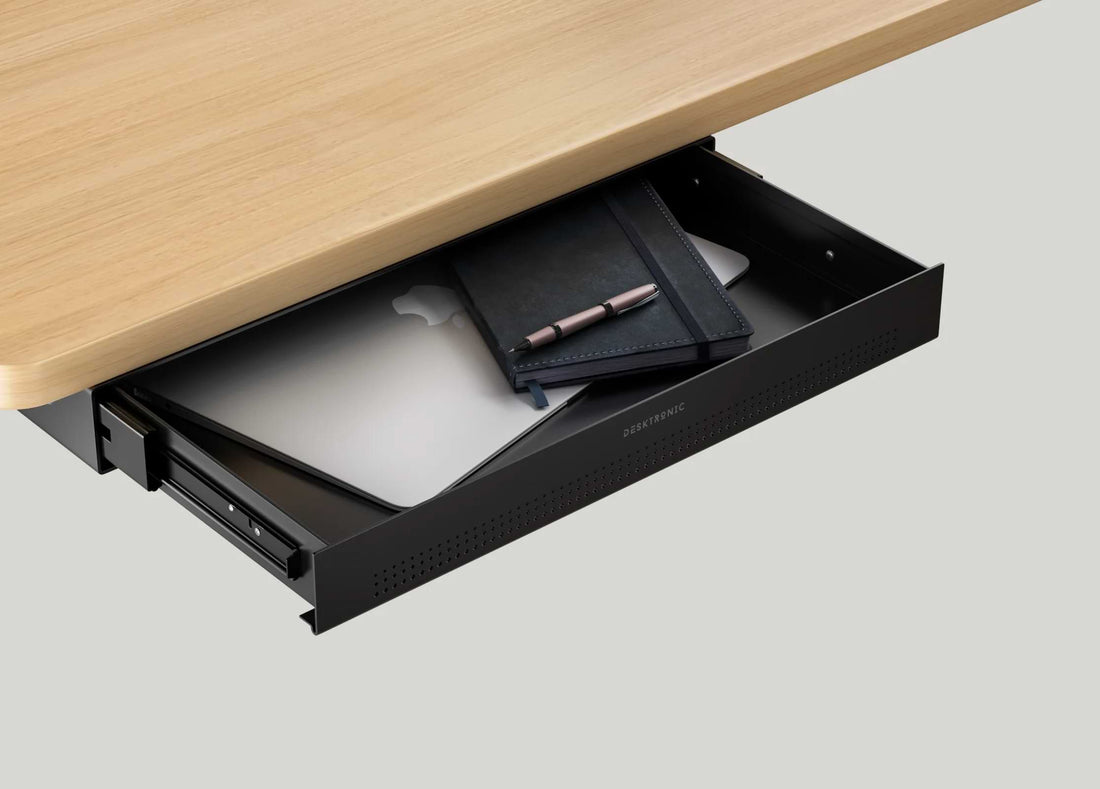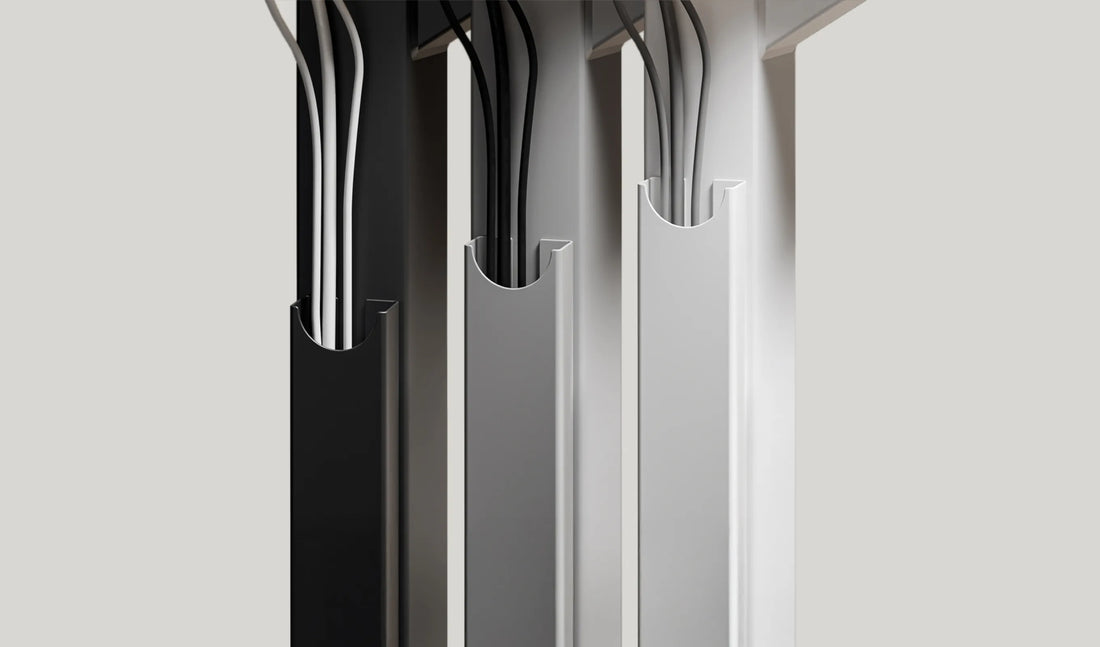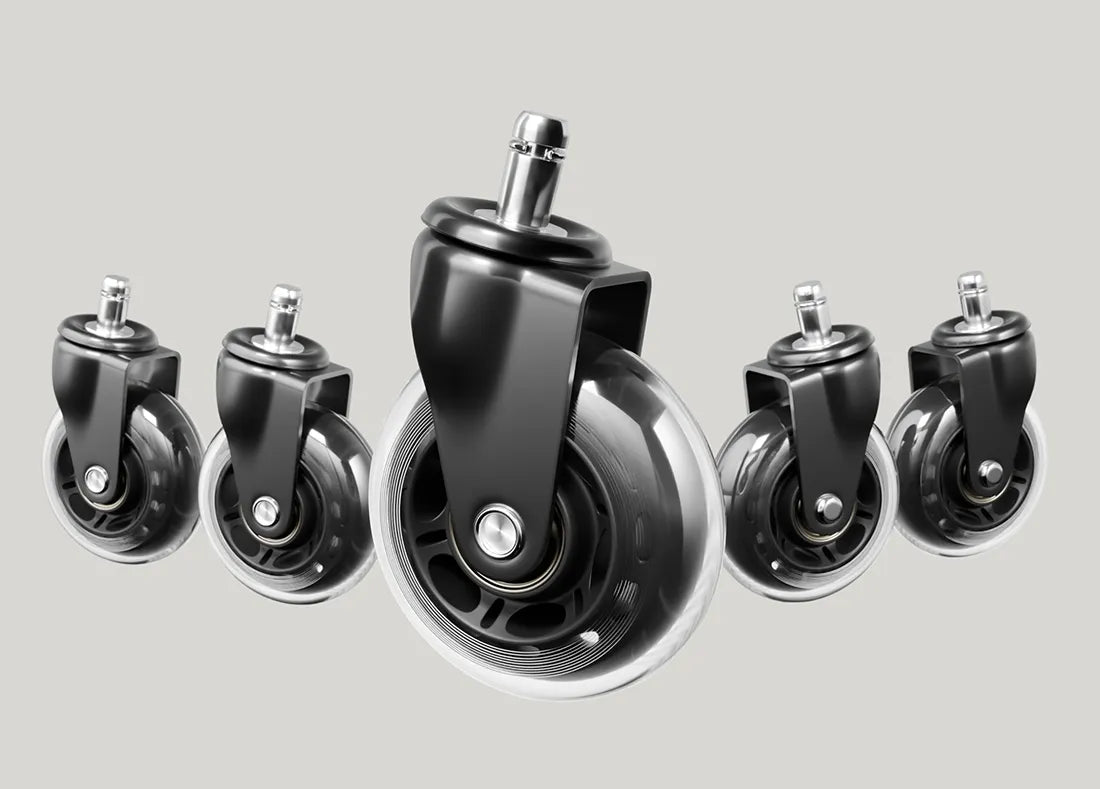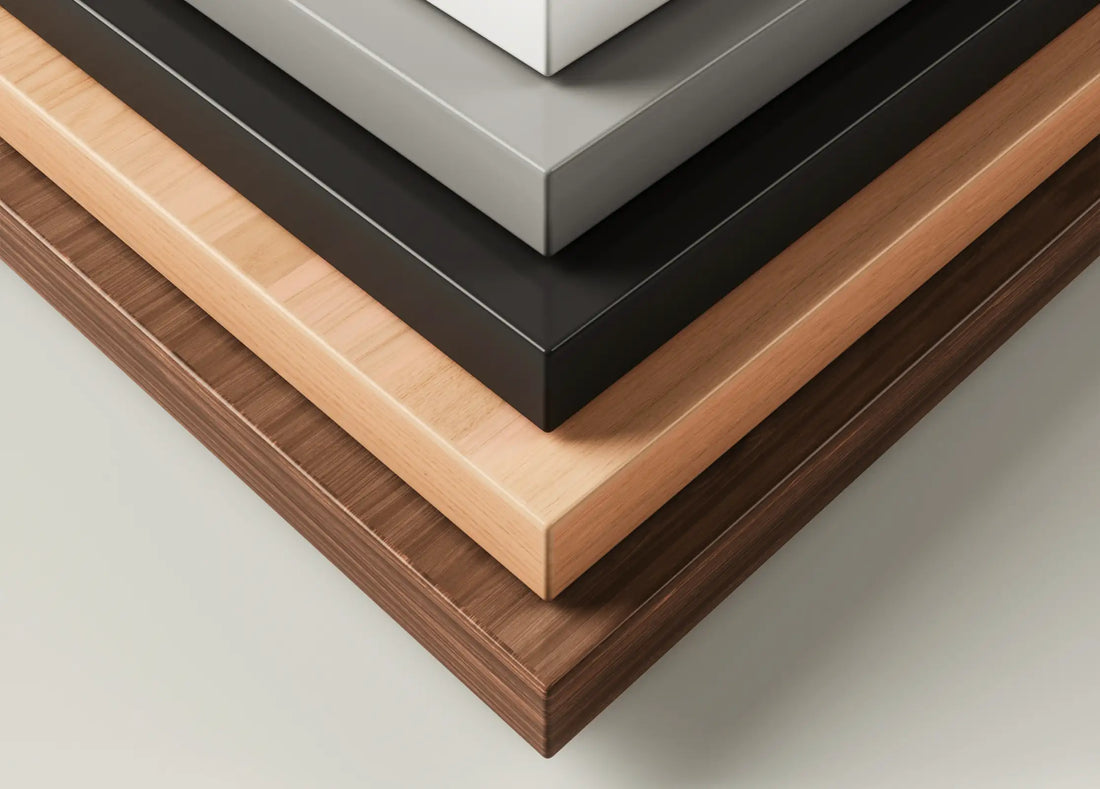Key Points
- Ergonomic chairs adapt to your body and support healthy posture.
- We highlight 6 key features that make them different from a standard chair.
- Designed to reduce back pain and improve comfort in any workspace.
What does the term “Ergonomic” mean?
The word ergonomic comes from Greek: ergon means work and nomos means laws. It is the science of fitting tools and furniture to the human body. Instead of forcing people to adapt to poor furniture, ergonomic design makes chairs, desks, and equipment that follow the body’s natural shape. This approach reduces strain, improves posture, and supports well-being in any work environment.
A UK study in BMC Public Health found that people sitting more than six hours daily had a 33% higher risk of chronic back pain than those sitting for two hours or less.
What makes a chair “Ergonomic”?
An ergonomic chair is designed to adapt to you. Each part works with your body, from your head down to your feet. Here are the main features to look for.
Adjustable seat height
Everyone has different body sizes. Height adjustment lets you match your chair to your desk height. With your feet flat on the floor and knees at 90 degrees, blood circulation improves and leg strain drops.
Lumbar back support
The spine has a natural curve that needs support. A shaped backrest cushions the lower back, easing back pain and stopping muscle strain. A lack of lumbar support is a top reason why employees feel sore after long hours of sitting.
Armrests
Armrests are not just for your elbows. When set right, they bring your shoulders into a natural position. This lowers neck tension and gives your arms a resting point without straining your core.
Backrest recline
A tilt or recline option lets you shift position during the day. It offers relaxation in breaks while still keeping your spine aligned. Small changes in angle help reduce discomfort and keep blood flow active.
Seat depth and width
Not all body types fit one size. Adjustable seat depth and the right seat width mean your thighs rest well without cutting off circulation at the edge of the seat. This detail is vital for anyone spending most of their job at a desk.
Materials and design
Fabric, mesh, and cushioning affect comfort and chair life. Mesh keeps air flowing and reduces heat, while foam supports you for longer. Strong casters also matter. They make it easier to move in your workspace. Explore more accessories that meet the specific requirements of a healthy setup.
Tip: Adjust your chair in order: seat height, backrest, armrests, then seat depth. This simple approach makes sure your whole body is supported.
Example: Picture two colleagues at the same desk. One has a standard chair, the other an ergonomic chair. After hours of work, the first feels stiff and sore. The second feels focused, with less stress and more energy. The design makes the difference.
Final thoughts
An ergonomic chair is one that adapts to the human body. Seat height, back support, and quality materials all work together to support posture and comfort. At Desktronic, we believe a well-designed chair is essential for both home offices and busy workplaces.









